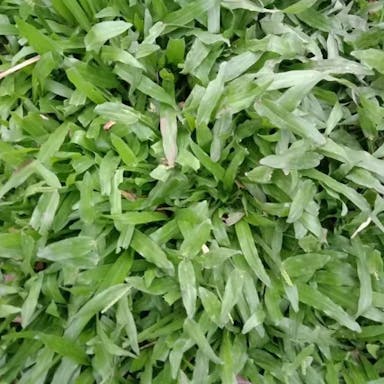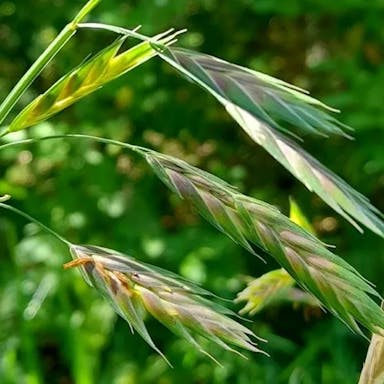Lazy-man's grass, scientifically known as Eremochloa ophiuroides, is a perennial grass species that belongs to the Poaceae family. It is native to East Asia, specifically China, Japan, and Korea. This plant is commonly referred to as Lazy-man's grass due to its low maintenance requirements and ability to thrive in various conditions. The leaf is narrow and linear, possessing a vibrant hue. The flowers of this grass, appearing in late summer or early fall, are inconspicuous. However, visual appeal is not a prominent feature. In terms of size, reaching an elevation of around 6-12 inches (15-30 cm) and spreading extensively, forming a dense cover. Well-suited for a range of soil types, tolerating both full sunlight and partial shade. Often serving as a ground cover in landscapes, gardens and lawns because of traffic resilience and attractive appearance. Overall, the plant adds beauty and usefulness to many outdoor areas due to its versatility and resilience.
0
0









